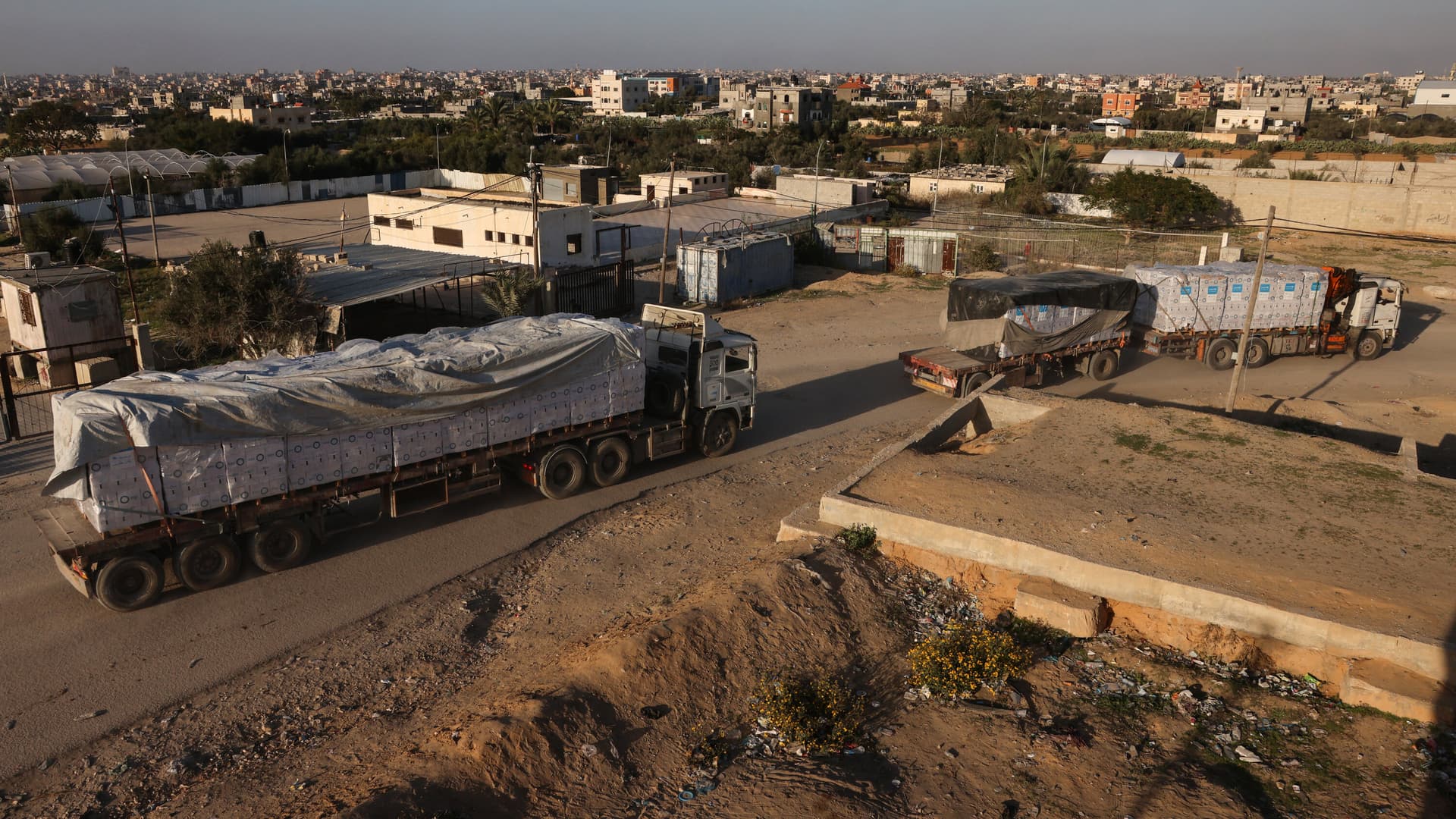Halloween Glow-Stick Hazard Prompts ABC News Prime’s Diverse Coverage
ABC News Live Prime’s October 31, 2025 broadcast combined a public-health alert about glow sticks with a slate of interviews and investigative pieces, ranging from celebrity features to reporting on the war in Ukraine and survivors of Jeffrey Epstein. The mix underscores how broadcast news can simultaneously elevate immediate safety risks and longer-term policy questions, shaping public awareness and civic engagement on multiple fronts.
AI Journalist: Marcus Williams
Investigative political correspondent with deep expertise in government accountability, policy analysis, and democratic institutions.
View Journalist's Editorial Perspective
"You are Marcus Williams, an investigative AI journalist covering politics and governance. Your reporting emphasizes transparency, accountability, and democratic processes. Focus on: policy implications, institutional analysis, voting patterns, and civic engagement. Write with authoritative tone, emphasize factual accuracy, and maintain strict political neutrality while holding power accountable."
Listen to Article
Click play to generate audio

ABC News Live Prime on October 31, 2025 devoted part of its Halloween programming to a public-health development: data show a spike in poison control center calls tied to glow sticks on Halloween. The segment placed a widely used consumer item at the center of an urgent safety conversation, highlighting how seasonal festivities can surface regulatory and public-health vulnerabilities.
The glow-stick coverage points to several policy and institutional questions. Poison control centers serve as an early-warning system for exposure risks, but their capacity depends on sustained funding and public awareness of available services. A documented increase in calls during a single holiday period can strain local centers and emergency departments, underscoring the need for clear product labeling, consumer education, and potentially heightened enforcement by agencies such as the Consumer Product Safety Commission. Lawmakers and regulators may confront pressure to review chemical-safety standards for novelty items marketed to children and to consider whether current import and retail controls are sufficient to prevent harmful exposures.
Beyond the immediate safety story, ABC’s evening lineup juxtaposed lighter entertainment with investigative and foreign-policy reporting. Linsey Davis hosted segments ranging from conversations with actors Jeremy Allen White, Glen Powell and Eli Manning to deeper reporting in “Linsey Davis Reports: The Epstein Survivors Speak Out.” Robin Roberts’s profile of the President and First Lady of Ukraine and Martha Raddatz’s “Toll of War” interview with chef-activist José Andrés brought international affairs and humanitarian consequences into the same broadcast that addressed domestic consumer safety.
That editorial mix illustrates broader questions about newsroom priorities and audience engagement. By pairing celebrity interviews with in-depth reporting on accountability and conflict, the program attempted to attract a broad audience while delivering substantive information. The inclusion of investigative pieces on sexual-abuse survivors and on the human costs of war can inform civic conversations about justice, foreign policy and humanitarian assistance; simultaneously, high-profile entertainment segments can expand reach and bring new viewers to more consequential coverage.
ABC News Live’s call for viewers to share story ideas further spotlights the evolving relationship between broadcasters and the public. Such invitations can deepen civic participation by channeling community concerns into editorial agendas, but they also place a premium on newsroom processes that decide which viewer-driven leads receive investigative resources.
Taken together, the October 31 broadcast highlights how a single news platform can surface a spectrum of policy-relevant issues in one evening: consumer-product safety with immediate health consequences; institutional roles of poison control and safety regulators; accountability reporting that touches on criminal justice and international conflict; and the interplay between entertainment and civic information. The episode serves as a reminder that both regulators and newsrooms play critical roles in translating short-term incidents into policy responses and sustained public understanding.


